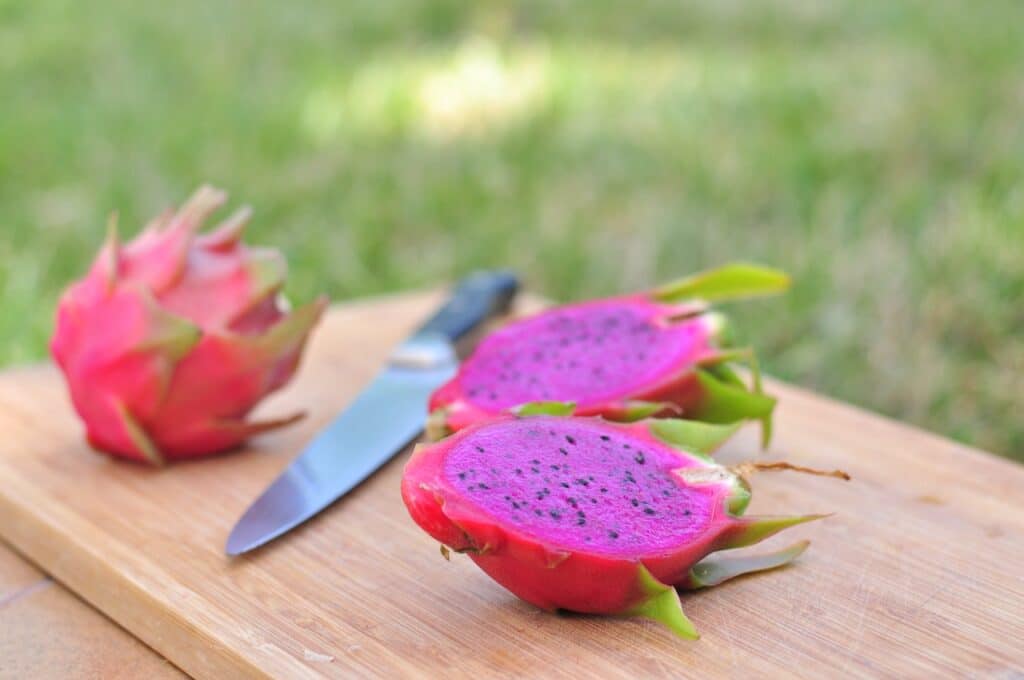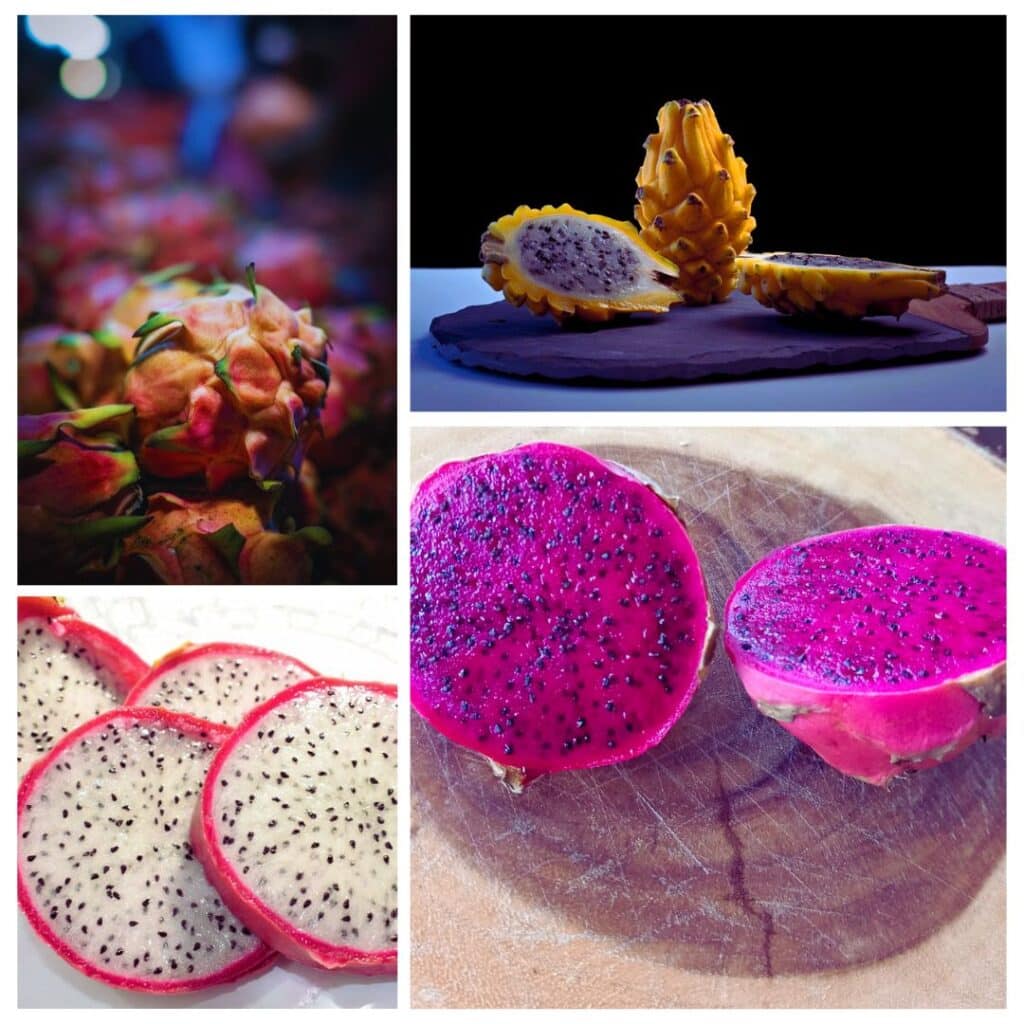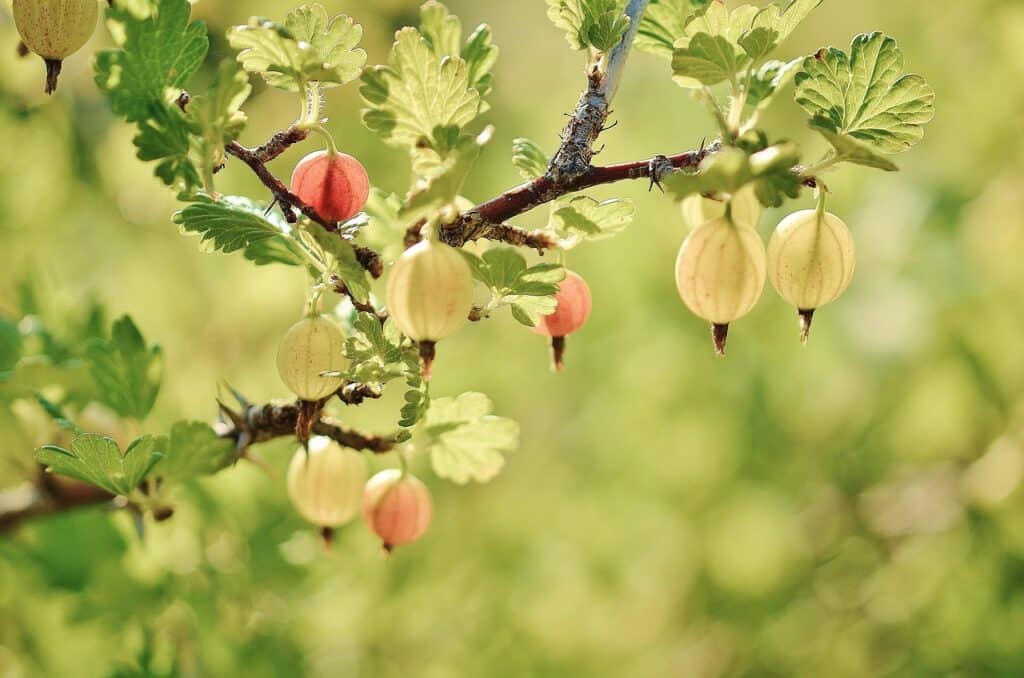How to Grow Currants
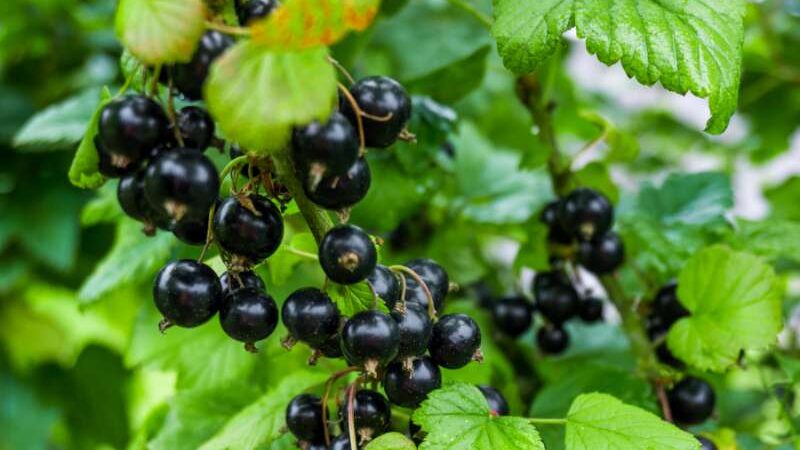
Native from America, currants are berries from the “genus ribes” and they come in many different colors such as red, black, pink, green, golden, and creamy white pea-like fruits. In the next article, we will see how to grow currants and care for this delicious tiny fruits.
This perennial is a really good choice to grow for beginners as it requires very little maintenance, in can grow well in shade, yields a great amount of fruit and it will stay in your garden or house for many many years!
To grow currants, plant them in a moist, well-drained loamy soil rich in organic matter, ideally in a sunny spot, or in partial shade. Apply an all purpose fertilizer every few weeks during growing seasons and water until the soil is moist.
Types of currants
Before deciding to grow currants though, it might be a good idea to think which uses you’ll give them. Black currants for example have a strong flavor and are popular at juice, wine making, preserves. Red currants are good in jellies and juice and white currants have a delicate and sweet flavor making them good for fresh eating.
If you want to check this, we have an article explaining the different types of currants and their varieties.
How to Grow Currants From Seed
If you already decided which currants you want to grow and decide to grow them from seed, here are some steps to take to grow them from seed.
Collecting the Seeds
First, we need to collect the seeds. For this, we will take a handful of currants and place them in a strainer. Crush them with our fingers or with a spoon, and separate the seeds from the skin and the pulp. The skin can be handpicked and the pulp can be separated by rinsing some water. After this, let your seeds dry in some paper towel
Another option is to purchase them online. Search if there is a garden shop near your area that provide them, or you can just acquire some golden currants seeds via amazon in this link.
Stratification
Currant seeds need to be stratified. For this process, we will take our seeds and plant them in a pot or seedling tray filled with some seed starting mix. Put 1-2 seeds per tray in a depth of about 1/4 inches. Cover the seeds, spray some water and leave them inside a cold frame in your garden so they stratify through the winter.
In you don’t have a cold frame, you can leave them in a basement, garage, or any place where they can get between 33-42 Fahrenheit without freezing.
If winter already passed and you want to plant your seeds, you can also stratify the seeds by placing the seeds in paper towel, covering them, and placing everything inside a zip lock. Spray some water until the paper towel gets moist but not waterlogged, and leave them in the fridge for 4-6 weeks.
Always remember to check your seeds from time to time to make sure they are not dry from lack of water or get mildew.
Germination
When the temperature starts rising above 60 Fahrenheit, take your seeds out of the cold frame (or the place you had them in) and place them in a spot where they can get partial to full sun. If you are growing them indoors then use your grow lights for better results. The seeds should sprout it 2-4 weeks.
When they get bigger and have their first set of true leaves, transplant them individually into bigger pots where they can thrive. While they can also be transplanted in the garden directly, I recommend growing them in pots until they reach a greater height to have a better control of their growth.
How to Grow Currants From Cuttings
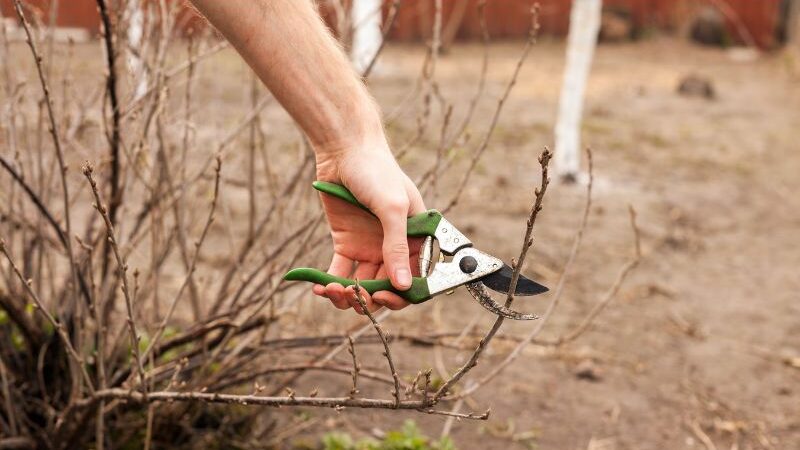
There are many options for growing currants by cuttings. You can ask for some cuttings to a neighbor or purchase them in a nursery, or if you feel like going for an adventure, get a cutting from the forest! (not recommended as it may carry diseases).
Although they can be planted at any season (except for winter), the best time to plant cuttings is in fall, as we will have enough time to plant our shrub and have them settle in the ground. If you are planting them in fall, you might want to consider getting bare-root currants, as these are a cheaper option only available during fall season.
Soil and Planting
Currants grow best in a moist but well-drained loamy soil rich in organic matter with a Ph between 6-7. Despite this, any soil can work as long as it doesn’t get waterlogged and it’s rich in organic matter, compost/manure will be your best friend in this situations.
To ensure this, make a good mix of compost or manure with the soil. A hand of all purpose fertilizer will also be beneficial for your plants establishment.
Ideally, currants thrive the best facing north or south in a spot where they can get full sun. But as we’ve been saying, they can grow in partial shade too, but they will not yield as much and the fruit will be a little more tart.
For red, white and buffalo currants (golden currants) plant them 1 inch deeper than they were in the nursery, for black currants you’ll want to plant them 3-4 inches deeper. If you are planting many of them, leave 5-6 feet between them and 8 feet for black currants.
Spreading some mulch around will help your plants retain some moisture and acquire nutrients while the time passes.
Growing Currants in Pots
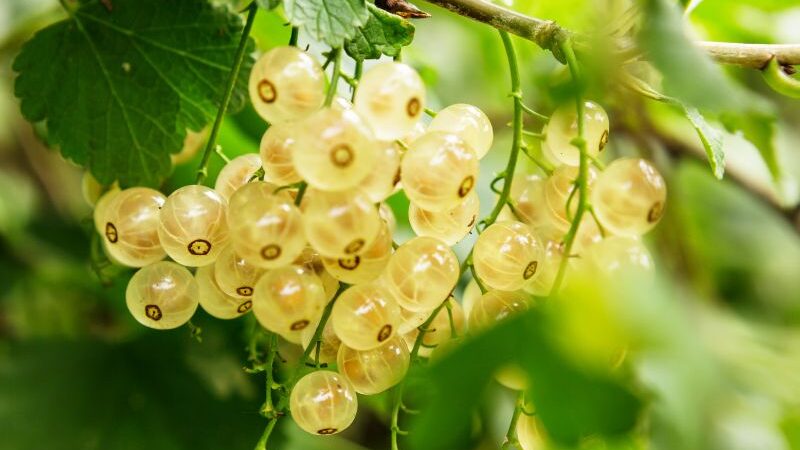
Currants are thorn less, shallow root plants that can grow well in shade, making them good candidates for pot growing. As we saw before, currants are grown best in well drained loamy soil rich in organic matter, a soil based potting mix works well for this matter.
For your pot, it should have a width of about 18+ inches, if you don’t have one, here I’ll leave the link for a set of 15-gallon containers than can be purchased in amazon.
Growing Currants Indoors
As well as being grown in pots, currants are a good choice to grow indoors, again the reason being they don’t need to receive sun all the time, so it’s easier to place them in a spot where they get just enough.
The principle here is the same, use a good soil based potting mix and transplant your seedlings or cuttings in the pots, make sure the pots have enough draining holes, as they like moist soil but they rather not have wet feet.
Apply some all purpose fertilizer and cover the area with some organic mulch to help maintain the nutrients in the soil. Water occasionally and more frequently over the warmest months.
Pruning Currants

Another reason I believe currants are good as pot plants is due to the many ways they can be pruned. But before getting into that, let’s talk a little bit about how they should be pruned for max fruit yield.
As well as Gooseberries, currants grow the most amount of fruit from their second and third year old canes. So we want to prune canes that are older than this, usually the thickest and darkest ones.
The cuts should always be just above a downward and outward-facing bud (This means, prune above outward facing buds), this will help you avoid congesting the plant with new growth into the bush, and save some diseases problems.
Pruning Styles
Some popular pruning styles for currants are open, cup shaped forms where we cut the leaders by half and the laterals back to 1-3 buds at the moment of planting and therefore every pruning season
Another popular form are vertical cordons. In this pruning style, we will train 1 vertical stem for up to 6 feet tall, and then prune all stems but the one we trained. We cut the main stem by half and the side branches to a few buds.
However, vertical cordons are only suitable for red, white and pink currants. Blackcurrants can’t be trained into this figure
Pest and Diseases
Birds
If you have any type of berries then this cute little guys will be your worst enemies. To control birds, make sure to use a gardening net when the harvesting time approaches. In the case of currants though, if you have a green variety then it could be beneficial, as they will be tricked thinking the berries will not be ripe yet.
Currant Sawflies
Imported currantworms (or sawflies) are green larvae that looks like caterpillars and they feed on leaf edges. They can be controlled by spraying plants with a strong stream of water (do this in early morning to avoid getting mildew) or handpick them.
Gooseberry fruitworm
These ones attack both gooseberries and currants. The larvae gets inside the fruit just before it’s ripening time, eat the pulp, and spin a web that attaches fruits and leaves. Handpick them or feed them to animals (chickens, birds, etc..)
Powdery Mildew
This disease affect both currants and gooseberries. It affects the leaves and shoots by causing them to have white powdery patches on them.
It can be caused by humidity in dry hot weathers, which means, fast changes of temperature in the leaves. Avoid watering the leaves of the plants.
To control mildew, prune shoot tips by a third and spray the plant with sulfur fungicide or a potassium bicarbonate spray.
White Pine Blister Rust
Another thing to take into account is that currants where banned for a big part of the XX century since growing gooseberries and currants where responsible of spreading White Pine Blister Rust, a disease that may not be lethal for these plants, but fatal for White pines.
This ban was lifted in the 1960s but there is still some states that have the ban. Before growing currants of gooseberries you should check your states regulations for more information. It’s also possible to contact a nursery for information, as they aren’t able to sell this plants in some states.
Yellow patches on the upper side and orange pustules on the underside of the leaves are some symptoms of White Pine Blister Rust on currants or gooseberry bushes. Infected leaves might also fall during the growing season. To prevent this from happening, plant resistant currant varieties and do it at least 200 feet away from any white pine.
There are many other pest and diseases to be wary about, if you want a more in depth information about them, click here.
Harvest
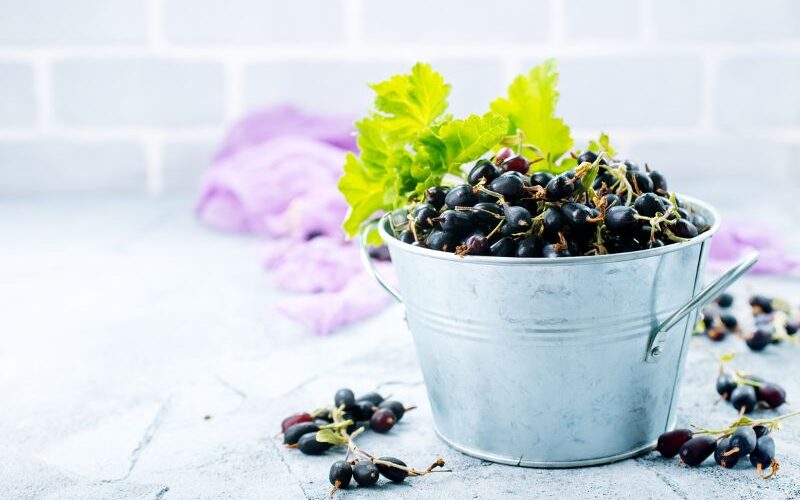
Early cultivars will be ready to harvest in the early summer, later ones, can ripen in late summer or early fall, this is the case with some black currants.
For the harvest you can handpick them individually, but it’s also possible to pull off the entire cluster of fruits and then separate them inside your home.
Unfortunately, currants don’t keep well for too long, so it’s better to use them as soon as you can. However, if you plant many cultivars with different ripening dates, you will have currants for a long time. They also freeze well.
Currants are often used in jellies, juices, preserves, and even wine in the case of black currants. If you want to know which currants are best for eating fresh, preserving, making juices and other culinary uses, make sure to check this guide on the different types of currants.
I hope this guide has been useful to you, wish you a happy growing!


